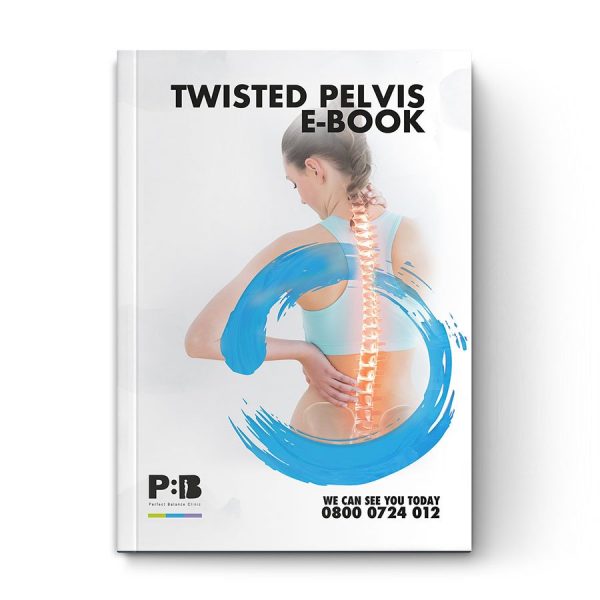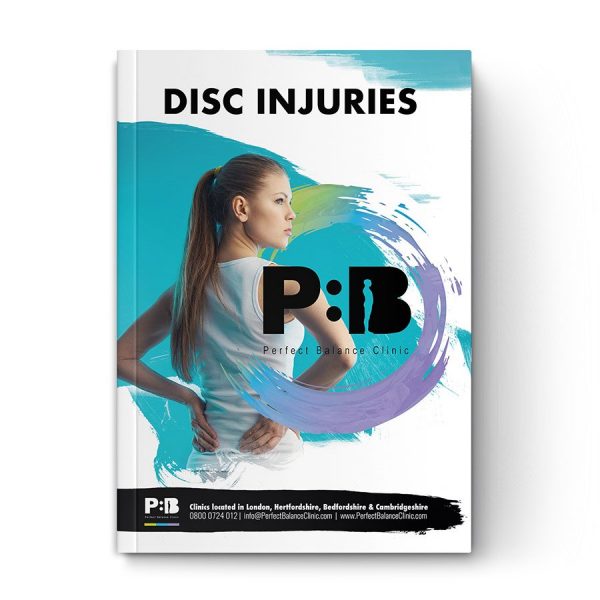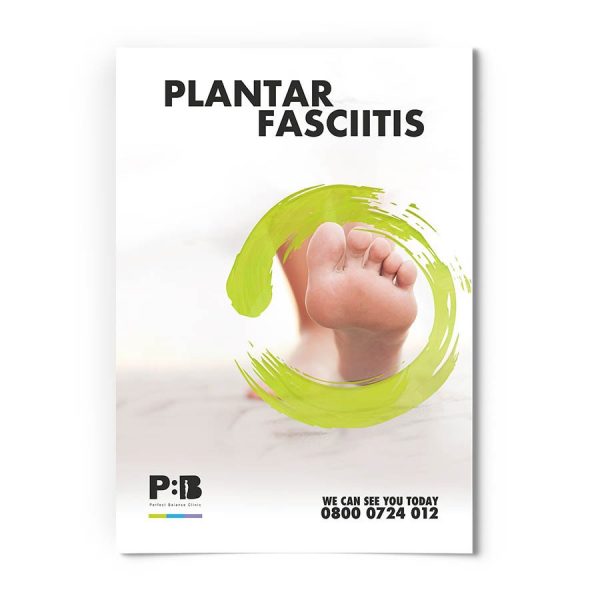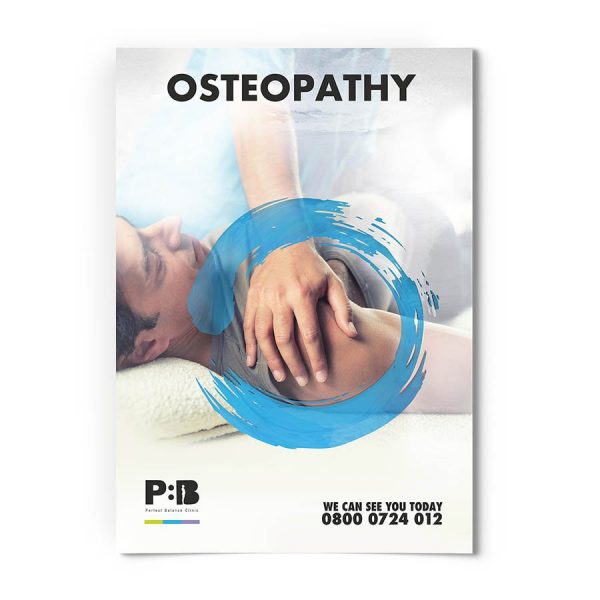The Pelvis and how it gets twisted
The pelvis is a cradle that our spine rests in. Pelvis muscles control our body movements, such as standing, walking, sitting, and bending. Muscles and ligaments branch out of this cradle to our legs.
Misalignment of the pelvis may be caused by a number of factors. The very muscles, tendons, and ligaments that allow the body’s movement also control the position of the body. These muscles can often be retrained when sitting and a chair for back pain and pelvic pain we recommend is the back app chair.
Pain from a twisted Pelvis
A tightening of these muscles can pull the pelvis out of place, which in turn causes pain. Until the originating source of the twisting is diagnosed, the pain may continue.
Problems in the spine can also affect proper alignment. How the body compensates for one problem may lead to another. For example, a bulging disc in the lower spine may be protected by muscles tightening up around that area. In turn, the pelvis may be affected negatively by the muscle tightening.
Another source of misalignment is a slight difference in the length of the legs. If you have ever been to an Osteopath or Chiropractor, you have probably experienced the comparison of leg length and an adjustment to your legs.
The greater the difference in the legs, the higher the probability of throwing off your alignment. For severe cases, one solution is to use special lifts in the shoe for the shorter leg.
Women may often experience a twist to the pelvic area during childbirth. Patients who receive hip replacement surgery are also prone to problems in this area.
Diagnosis of a twisted pelvis
Unfortunately, the problem is not that easy to diagnose and is often overlooked as a possible explanation for habitual back pain. If you suffer from continuous pain in your lower back and/or the buttocks region, you may want to investigate this with your doctor.
Treatment of the Twisted Pelvis
If you discover that you do have a problem with your alignment, there are many options available to help you. The first step is to understand what is pulling the pelvis out of the correct position in the first place.
If you have a twisted pelvis you should know about these 5 unbelievable exercises for pelvic torsion
A visit to an Osteopath can help to decide if there is an underlying problem in your spine that may be the culprit. An Osteopath can also determine if there is a significant difference in the length of your legs, which could lead to a possible solution.
Staying fit and healthy is important too. Getting regular exercise and eating well all contribute to a better functioning body. A yoga or Pilates class may help you to learn how to stretch and relax your body.
Muscle tension and stress are often culprits when it comes to our physical health. Take the time to learn relaxation techniques and practice applying them! Focus on your body’s posture and how you bend and move throughout the day.
Back pain can be very debilitating. Continuous pain can affect our attitude and mood, taking away a lot of the enjoyment of living a healthy and productive life.
While a twisted pelvis may be the cause of chronic back pain, it is not typically the source of the problem but only a symptom. Finding the source that is causing the misalignment is the first step towards long-term relief.
How can we help?
A good place to start is to check out the ebook that we have created on the subject. We have brought together some of the latest thoughts and research on pelvic pain and combined it with years of clinical practice in this condition to create an ebook that helps the reader make an informed decision on the best course of action to take with regards to their pelvic pain.
After reading this guide, you will:
1. Understand what a twisted pelvis is and how might it be diagnosed
2. Understand the causes of twisted pelvis
3. Understand what you can do to manage and treat a twisted pelvis diagnosis
4. Understand other causes of lower back/pelvis pain that are often misdiagnosed
5. Know how to get an accurate diagnosis
6. Know where to get additional help if needed
For more information about Twisted Pelvis
This article was written by our team of specialist therapists at Perfect Balance Clinic. If you would like more specific advice about how our team can help you with this condition or symptoms you may be having, please complete the contact form below and one of the team will get back to you shortly.








